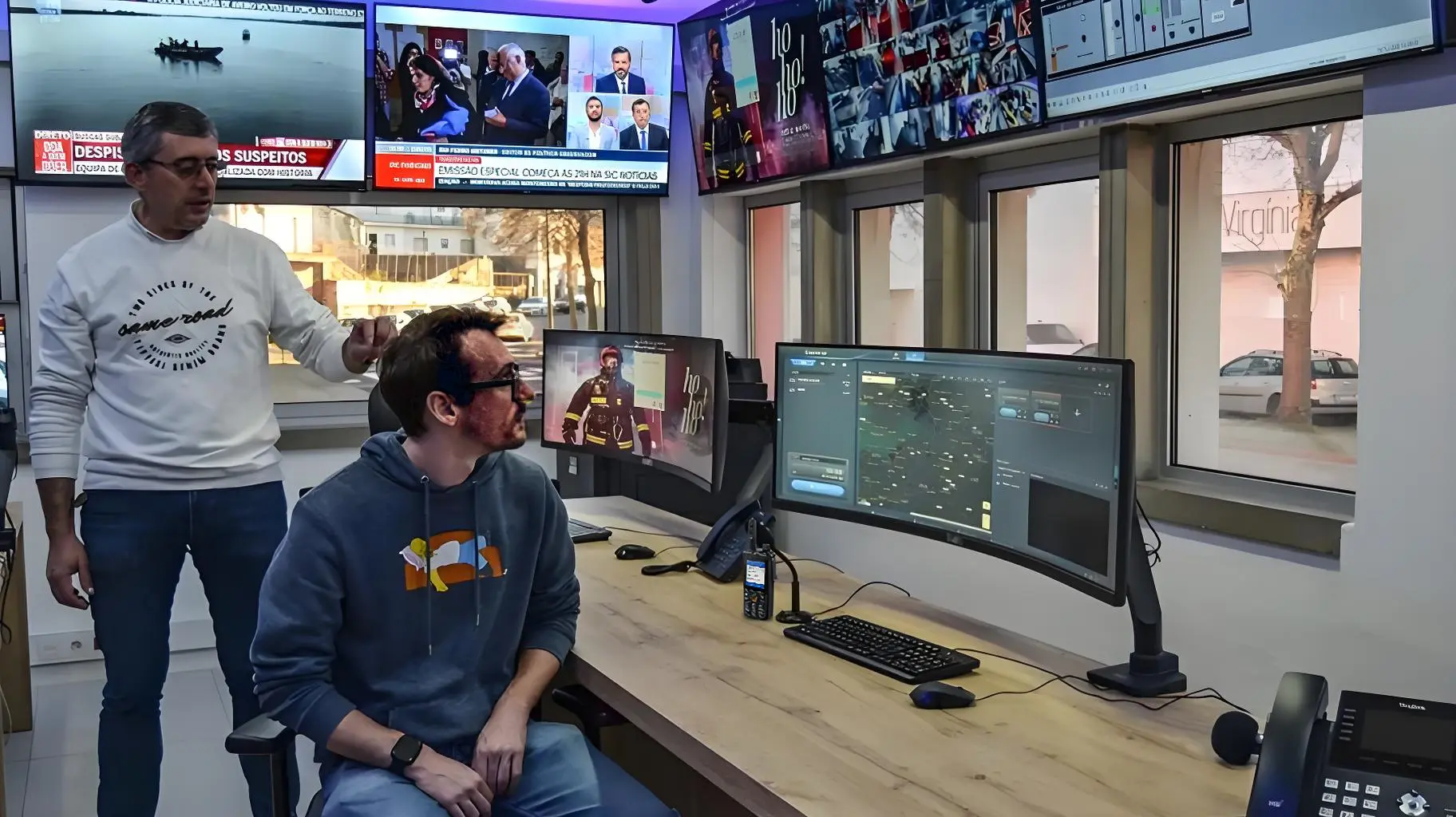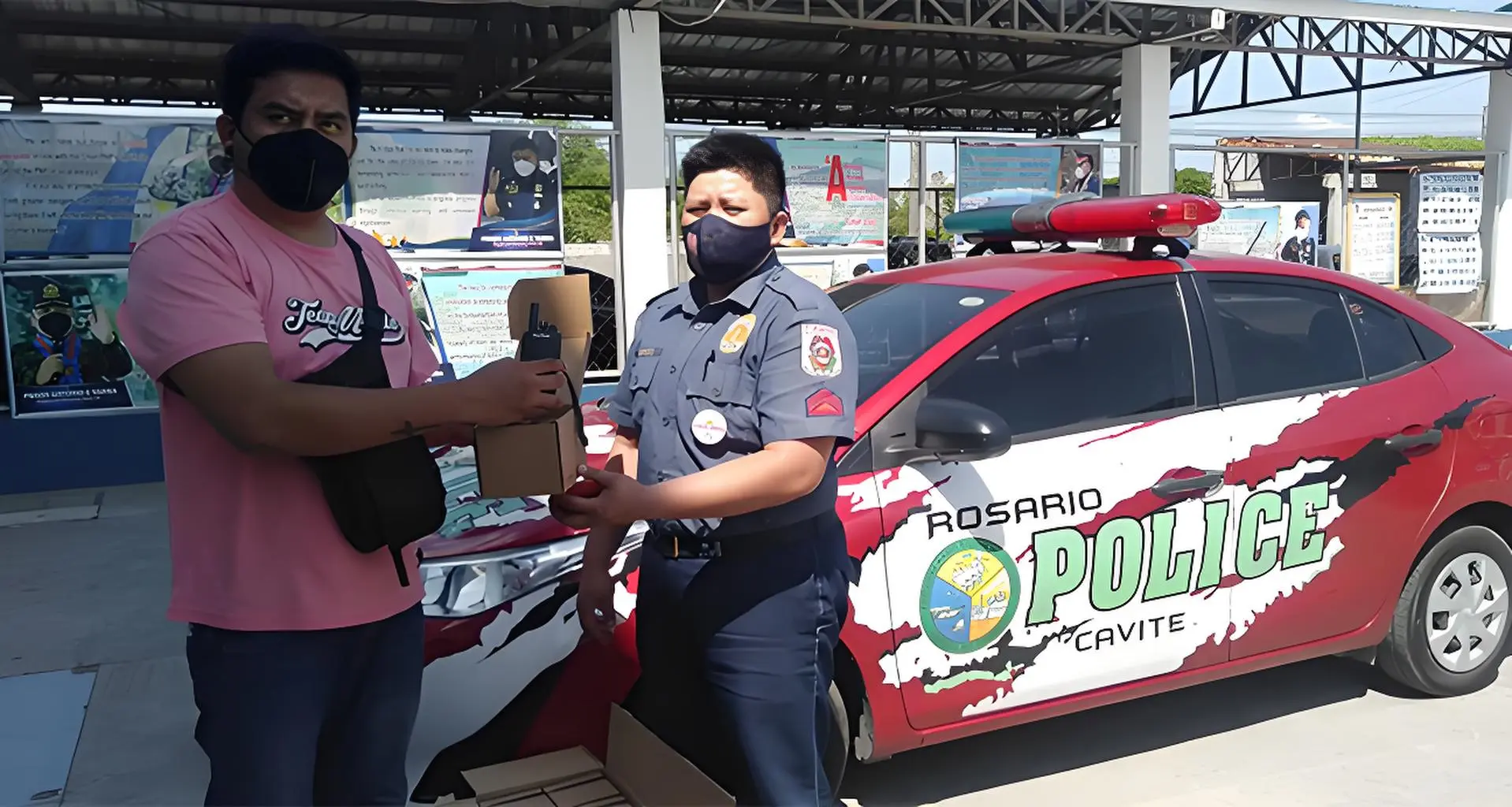










Communication is fundamental to the success of any organization, particularly in industries that rely on real-time updates and coordination. A two-way radio communication system serves as a reliable tool for instant dialogue between team members. This article delves into what two-way radio communication entails, its core benefits, and how it compares to modern technologies like PoC radio.

Understanding Two-Way Radio Communication
Two-way radio communication refers to a system where users can send and receive messages instantaneously using handheld devices. Unlike traditional telephones, which require dialing and waiting for a connection, two-way radios allow for immediate interaction at the push of a button. This capability is crucial in environments such as construction sites, emergency services, and event management, where every second counts.
Typically, a two-way radio communication system operates on specific frequencies designated for voice transmission. These systems can be analog or digital, with digital options often providing clearer sound quality and enhanced features. The simplicity and reliability of two-way radios make them a preferred choice among organizational communication tools.
Advantages of Two-Way Radio Communication
The primary benefit of a two-way radio communication system lies in its immediacy. Team members can quickly share vital information without delays, enabling faster responses to dynamic situations. This immediacy can be especially important in emergency scenarios, where timely communication can save lives.
Another significant advantage is the extended battery life of most two-way radios compared to smartphones, making them suitable for long shifts without frequent recharging. Additionally, most two-way radios are designed to withstand challenging environments, ensuring consistent performance regardless of weather conditions.
Furthermore, two-way radios can operate in areas with limited network coverage. This ensures that communication remains intact even in remote locations where cellular signals might falter—something particularly beneficial for industries such as forestry and construction.
The Role of PoC Radios in Communication
While two-way radios have been an industry standard, the emergence of PoC (Push-to-Talk over Cellular) radios has revolutionized the concept of communication. Unlike traditional two-way radios that rely on localized frequencies, PoC radios utilize cellular networks to provide extended range and connectivity across miles.
An excellent example of this innovation is the Inrico S300 Plus, a rugged smart PoC radio. Featuring a powerful 48MP HD rear camera, the S300 Plus captures clear images and stable live videos, which can be transmitted to command centers in real time for enhanced collaboration. Its large 5,000mAh battery allows for all-day operation, ensuring that users remain connected during critical moments without the need to search for a charger.
Conclusion: Embrace Reliable Communication with Inrico
In conclusion, two-way radio communication is essential for fostering effective communication within various industries. Its immediacy, durability, and reliability make it indispensable in fast-paced environments. As organizations evolve, embracing new technologies like PoC radios can significantly enhance communication capabilities.
At Inrico, we are committed to providing cutting-edge communication solutions, including our advanced PoC radios like the S300 Plus. By integrating modern features with tried-and-true technology, we ensure that teams stay connected and perform at their best. Discover how Inrico can elevate your communication needs today!
